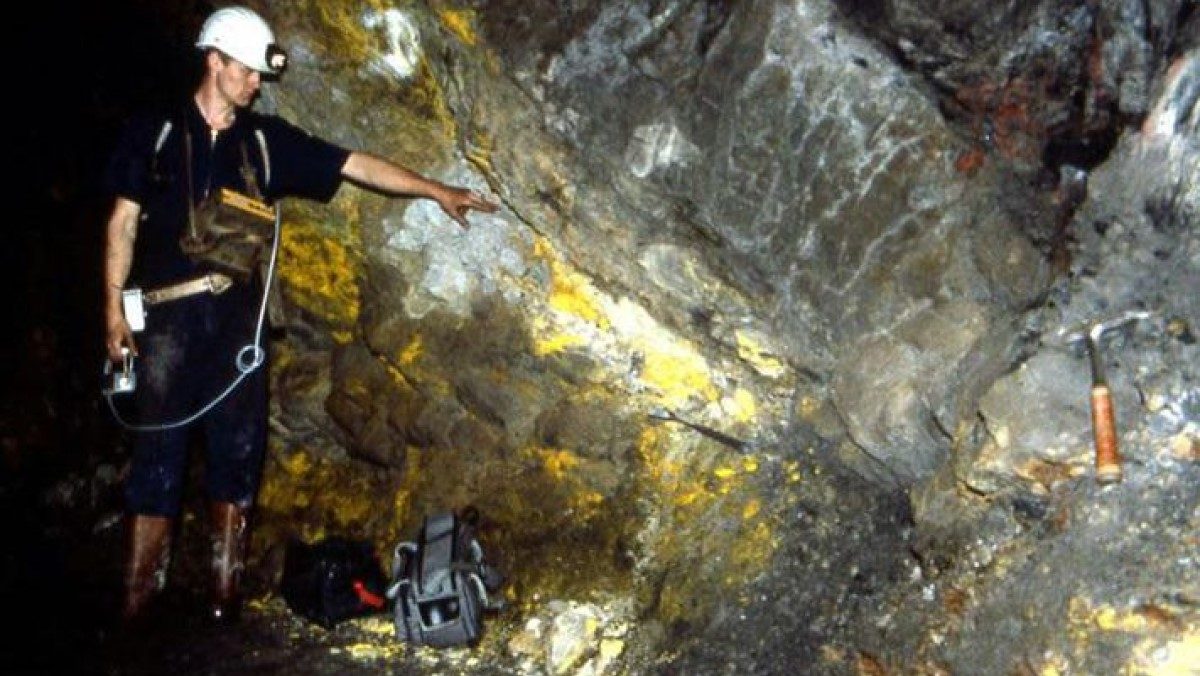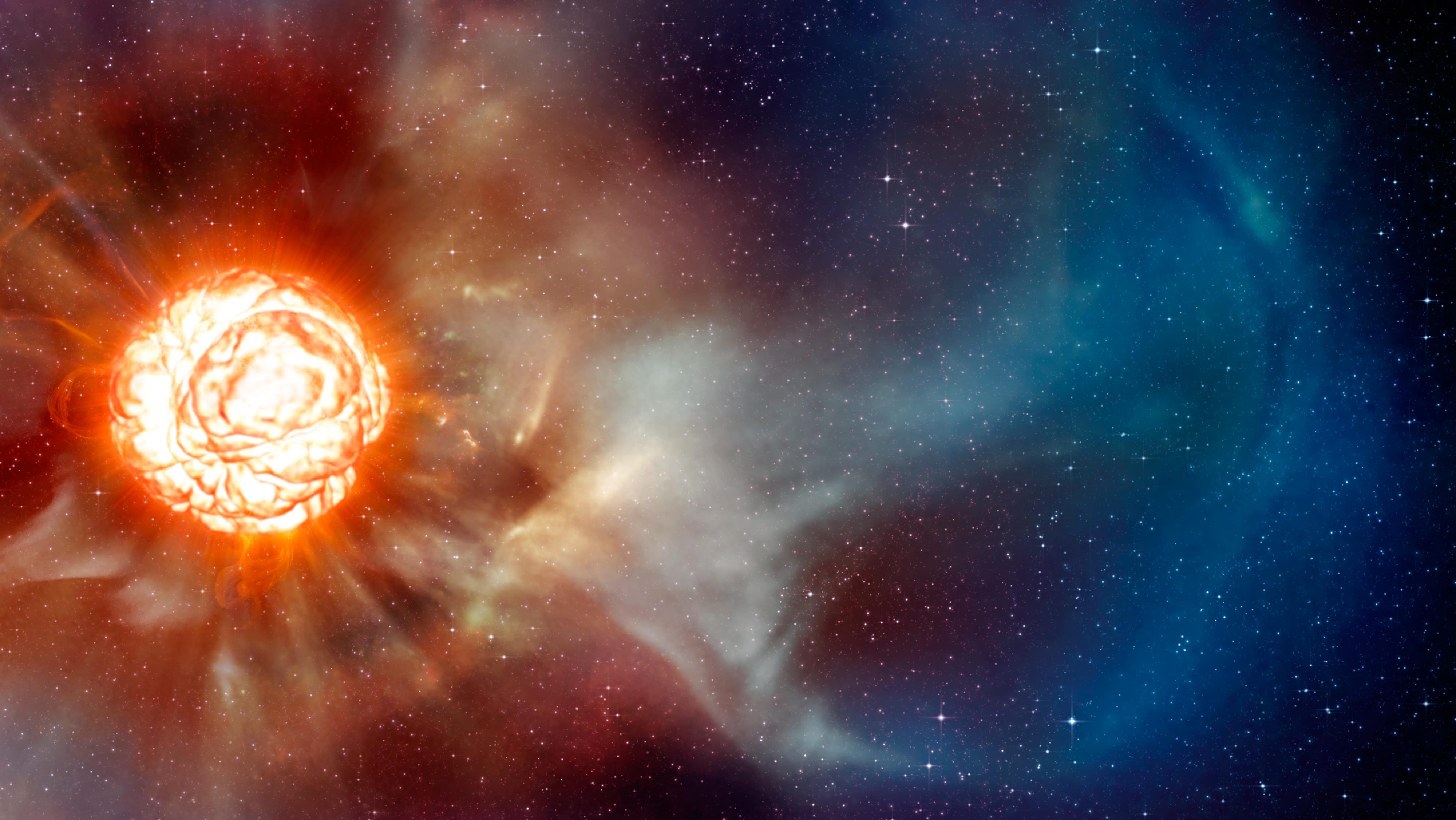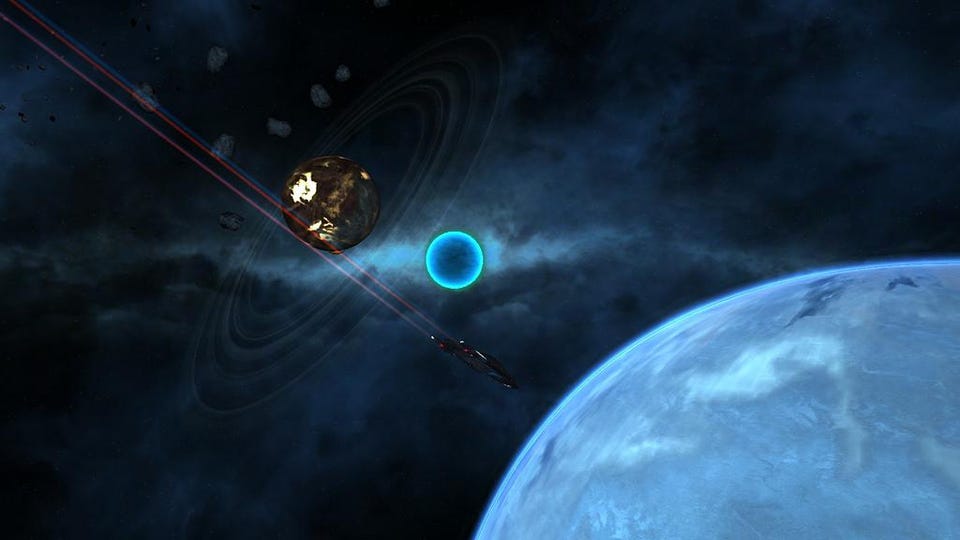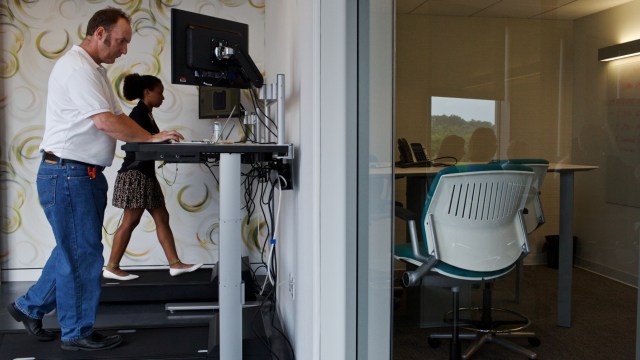Why Is Nagasaki Thriving While Chernobyl Remains Abandoned?
“30 years after, Hiroshima and Nagasaki are bustling cities. 30 years after Chernobyl, abandoned city. What’s the difference?”
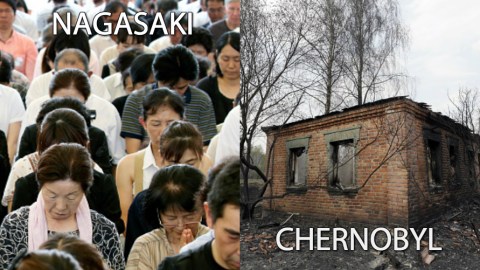
Sign up for Big Think on Substack
The most surprising and impactful new stories delivered to your inbox every week, for free.
I received a great question from a fan of Big Think today that’s relevant to the 70th anniversary of the atomic bomb dropping on Nagasaki, Japan:
Thirty years after, Hiroshima and Nagasaki are bustling cities. Thirty years after Chernobyl, abandoned city. What’s the difference?
Great question. It’s a combination of science, and fear.
First, the sites are not the same, because not all radiation is the same. Some unstable elements (or variations of those elements known as isotopes) actively give off bits of themselves (that’s when they are radioACTIVE; the rest of the time they are essentially dormant) at different rates as they naturally morph from one element to another, stopping when the stuff achieves a stable form, with all its internal atomic bits in electrical balance. Different elements/isotopes get to this point at different rates (half-life is the measure of this: when half the decay process is over). The material that is really busy giving off bits of itself, and is HIGHLY radioACTIVE, decays faster, with half-lives of minutes, or days, or a few years. Some stays potentially radioACTIVE for much longer too.
One difference between various sites is what kinds of elements and isotopes of elements were created, which has everything to do with when those elements/isotopes aren’t radioACTIVE anymore. The bombs used on Hiroshima and Nagasaki were really different in the fallout they left (the Hiroshima bomb used highly enriched uranium; the Nagasaki bomb used plutonium). They each emit different radioactive elements/isotopes, with different half-lives. And the explosions create an array of different isotopes with different decay rates. Nuclear power accidents emit different elements and isotopes than bombs, and even different sorts of material from each other, depending on what sort of fuel the reactor uses and how it was running and the nature of the accident itself.

Second, there is the weather and geology and all the local conditions that determine where and how much of the emitted stuff gets deposited. The bombs blasted stuff way into the air, which dispersed things much more broadly than the fire at Chernobyl (and the explosions at the Fukushima plant). Different terrain, different plants and soils, etc., in the region led to different patterns of deposition. A whole field of study, called radioecology, has grown up around the question of how all this happens, and the rates at which radioactive material decays away depending on local conditions. Again, these circumstances are hugely variable.

Third, and this is probably the biggie, there is the question of what exposure to radiation is deemed acceptable. After the bombs, when very little was known about the dangers of ionizing radiation, the fear of radiation was less motivating than the benefit of re-establishing normal life in cities that had been blasted and burned into rubble. Curiously though, as time has gone by and we have learned more and more from the hibakusha about the surprisingly low actual biological danger of ionizing radiation, our fear of radiation has gone way up, for many reasons. Fear of the bombs led to fear of radioactive fallout from atmospheric testing of the bombs, which helped give rise to the modern environmental movement (it grew out of the Ban the Bomb movement) — which has pounded that fear into the public psyche. There were the anti-bomb/anti-radiation sci-fi movies too. And the growth of the public fear of cancer in the ’50s and ’60s fed the fear of radiation too. (Spencer Weart wrote a GREAT book about this,The Rise of Nuclear Fear.)
So levels in Hiroshima and Nagasaki that were low enough not to scare people in that immediate post-war context, scared people way more post-Chernobyl. This despite the fact that radioecologists now state that post-Chernobyl levels are so low that risks from living around there, except in a few superhot spots, would be infinitesimal and living around there would not really be dangerous. Same with Fukushima. Levels in a majority of the evacuated zone are already safe enough to allow people to move back in. The government is encouraging people to do so, offering them aid to assist them (and also aid if they choose to give up on those areas and live elsewhere, so it doesn’t seem like government is coercing people toward one choice only.) But trust in the Japanese government is so low, and fear of radiation so high, that many who could move back home are choosing not to. Several studies have found that the stress of dislocation and loss of community, and just from worry about radiation are doing more actual health harm than exposure to the radiation would. Which is what the World Health Organization found 20 years after Chernobyl too.
Photo credit: The Asahi Shimbun / Contributor
Photo credit: ANATOLII STEPANOV / Stringer
Sign up for Big Think on Substack
The most surprising and impactful new stories delivered to your inbox every week, for free.
